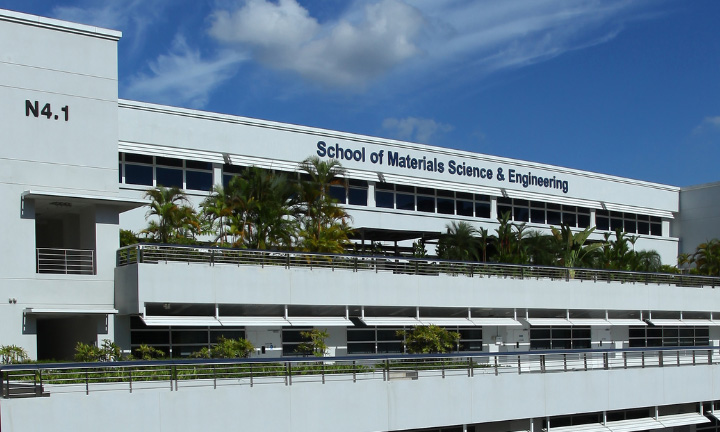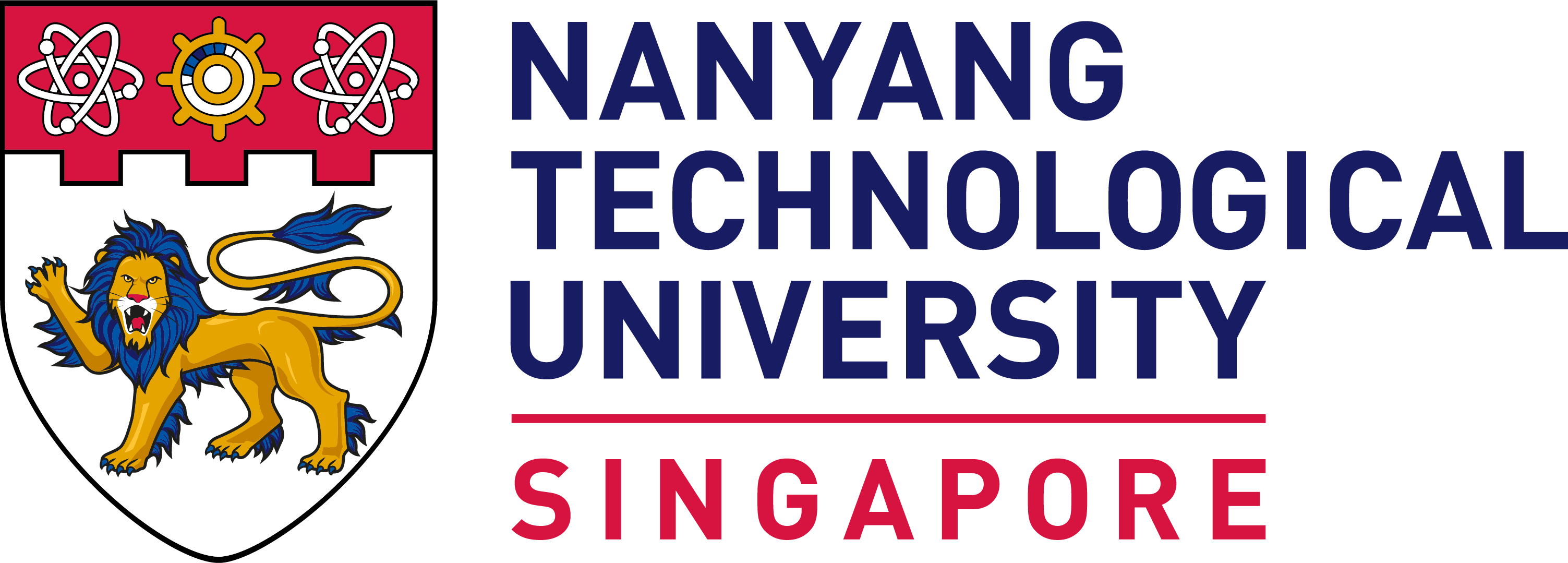Atomic-scale Insights into Surface Changes of Electrocatalysts during Oxygen Evolution Reaction

NTU MSE Seminar Hosted by Nanyang Assistant Professor Wu Dongshuang
Abstract
To optimize the performance of catalyst energy conversion materials, one must understand what the active sites are, how these active sites react and why they degrade during gas-solid and liquid-solid interfacial chemical reactions. Most modern catalyst materials have nanosized active features with complex morphology. Thus, it requires a full characterization of the structure and chemistry of these materials at an atomic scale, ideally in three dimensions. Atom probe tomography (APT) provides three-dimensional elemental distribution, including low atomic mass elements, at the atomic scale, which is well suited for characterizing energy conversion catalyst materials. In the past three decades, enormous efforts have been devoted to developing in situ catalytic reaction cells, sample preparation methods, and data reconstruction algorithms, which have broadened the application of APT for characterizing metallic, oxide, and organic (electro-)catalyst materials. In this talk, Tong Li will provide a brief overview of these developments showcased by the characterization of 3d transition metal oxides and oxyhydroxides for oxygen evolution reaction, demonstrating APT’s potential in providing atomic-scale insights into surface changes of electrocatalysts.
Biography
Professor Li Tong
Tong Li is a professor of atomic-scale characterization at Ruhr University Bochum in Germany. She obtained her PhD in Materials Science at the University of Oxford in 2011. She was a post-doctoral research associate at the Australian Centre for Microscopy and Microanalysis at the University of Sydney and Alexander von Humboldt research fellow at the Max-Planck Institute for Ion Research in Germany. Her current research interest is synthesizing and characterizing oxide and metallic nanomaterials for fuel cells, water electrolyzers, and battery applications. She is also keen to develop correlative multimodal approaches centered around atom probe tomography to reveal atomic-scale structural and compositional changes at electrolyte/electrode interfaces, thereby providing mechanistic insights into how electrode materials work and degrade.

